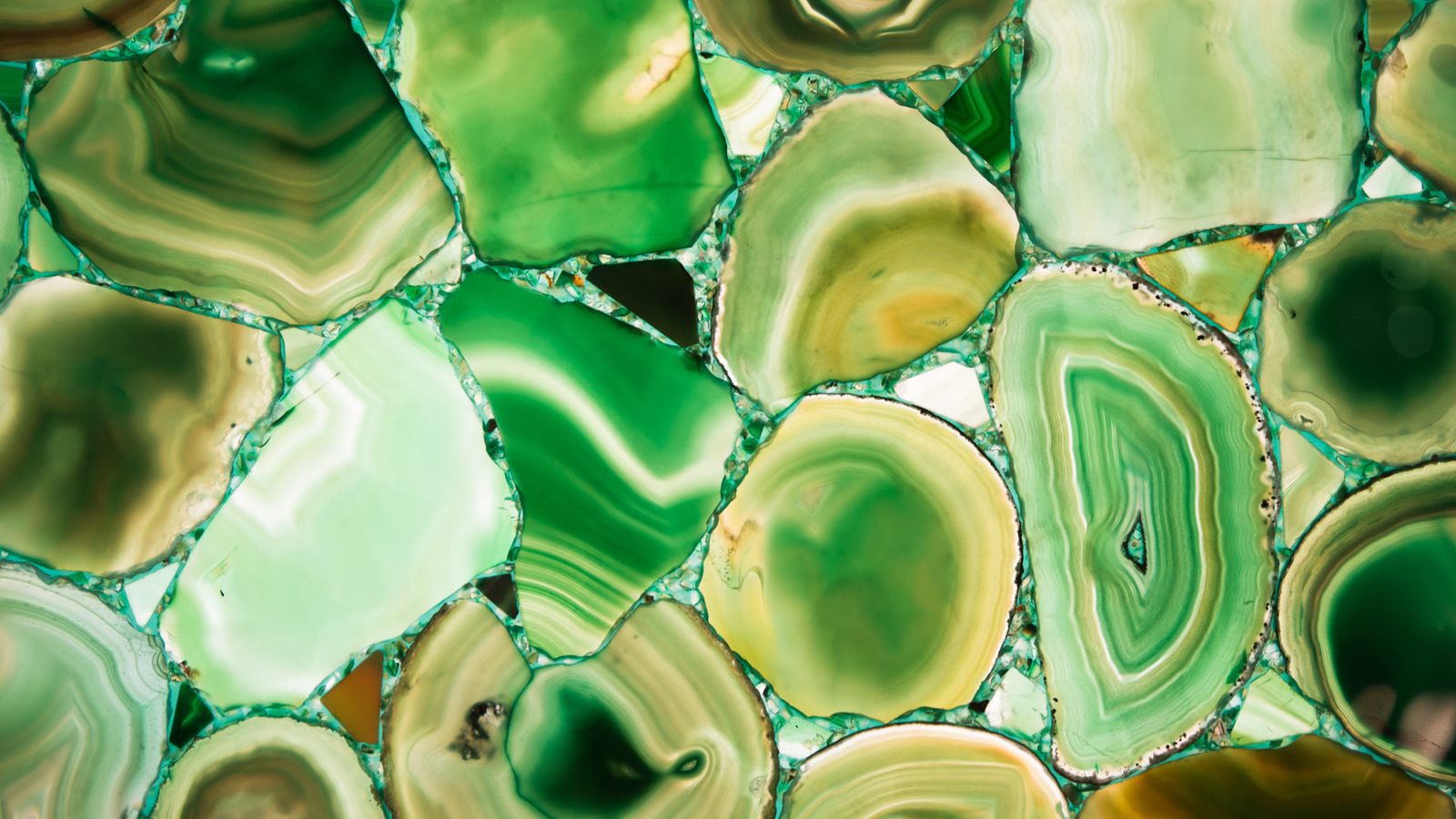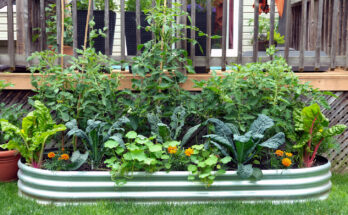The Downsides To Agate Countertops You’ll Wish You Knew Before Installing
Agate countertops are a stunning and luxurious addition to any kitchen. The semi-precious stone is known for its ring-patterned beauty, and you can even add backlighting to counters to make their translucency really pop. But before you rush to install agate countertops in your kitchen, there are a few downsides to be aware of, like cost and maintenance.
Despite its hardness, agate is more delicate than you might think. It’s slightly less hard than quartz, coming in at 6.5 to 7 on the Mohs scale. Exact ratings depend on the agate’s microstructure, but generally, this hardness makes agate countertops stand up well to minor everyday wear-and-tear. However, hardness is not the same as a gemstone’s fracture toughness, which measures resistance to breaking and chipping. Agate is still susceptible to more impactful damage like cracks or chips, so in the long term, it’s not the most durable countertop material.
If you do crack or chip your countertop, you face an extra issue. Agate comes in a variety of colors and beautiful, naturally occurring patterns known as banding, and no two slabs of agate are exactly alike. However, that uniqueness comes with a drawback. If you end up damaging your countertop, you might not be able to patch in a new piece of agate seamlessly, and may need to replace the whole slab altogether.
Agate has specific cleaning needs
Because the risk of damage comes with such serious consequences, agate isn’t the best countertop material for homes with messy kids. It’s also a bit finicky when it comes to cleaning, since what works to clean other surfaces in your kitchen may be too abrasive for agate. You’ll want to use cleaning products designed for natural stone, since these products are properly pH-balanced for the job and gentle enough not to wear countertops down.
Agate is a siliceous stone, meaning it’s primarily made up of silicates. Siliceous stones like agate, quartz, and mica are resistant to most acids they’d encounter in a kitchen, but experts still caution not to use acidic cleaners since agate may have trace levels of acid-sensitive minerals. Be extra wary of any cleaners (typically rust removers) with small amounts of hydrofluoric acid, since that acid is especially corrosive for silicates. And when your agate counters get wet, make sure to dry thoroughly and quickly, since lingering moisture can leave behind dull spots of hard water damage.
Agate countertops are expensive and have limited designs
The most evident drawback of agate countertops will be evident upfront: it doesn’t come cheap. While granite and quartz cost an average of $70 and $80 per square foot respectively, gemstone countertops can cost upwards of $200 per square foot, with some estimates for agate pricing clocking in at $300 to $500 per sq ft including installation. When providing countertops for larger kitchens, this already high price tag can really add up.
And about covering larger kitchens … that’s another problem. While you may be able to get enough of other materials to cover your kitchen when buying stone countertops from a local slab warehouse, finding enough agate can be harder to source. Since it’s a less common countertop material, supply is generally lower and each slab’s uniqueness can make it hard to find enough matching pieces to fill out higher square footage. To make matters worse, your choices of color and available inventory will be at the whims of what agate stone quarries are producing at the time.



